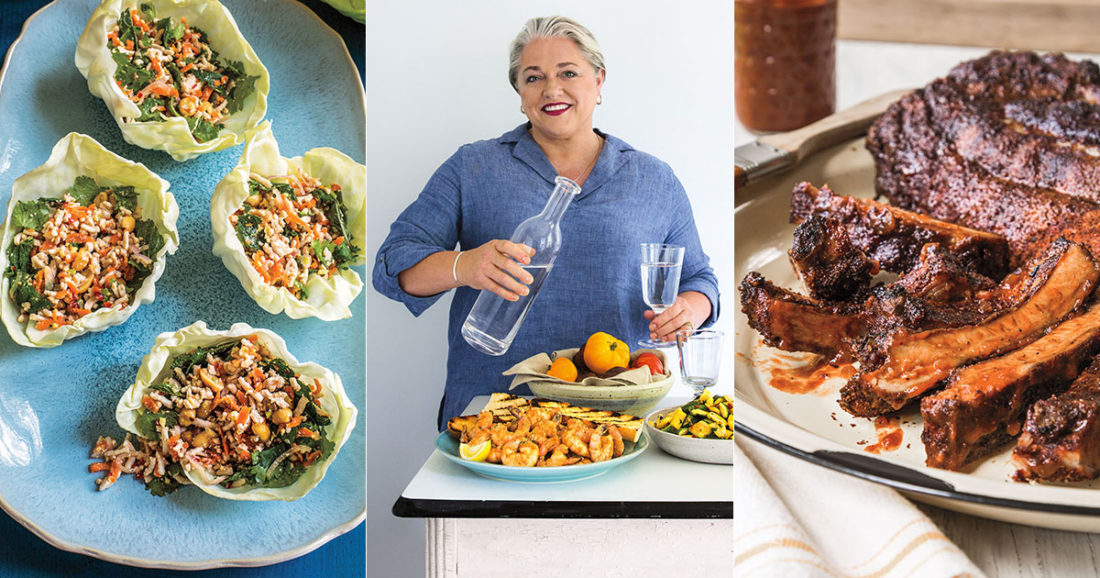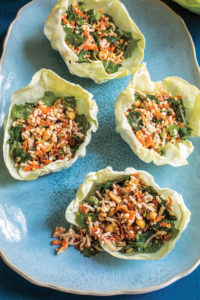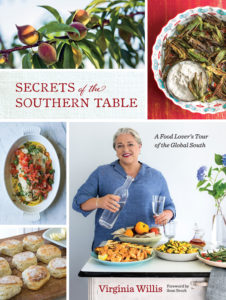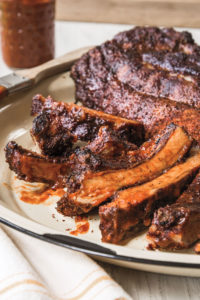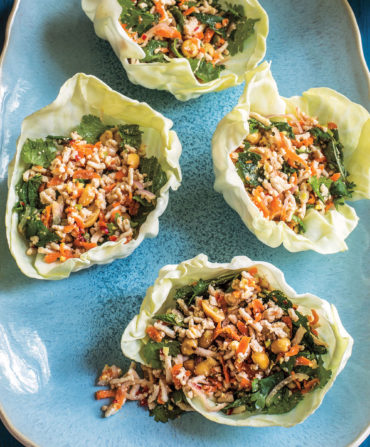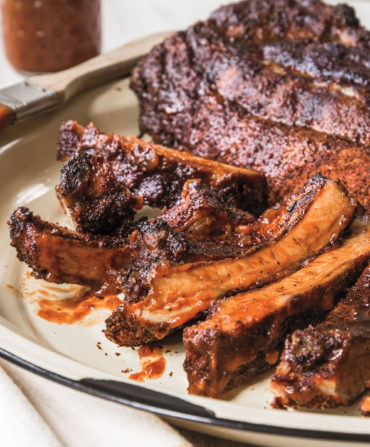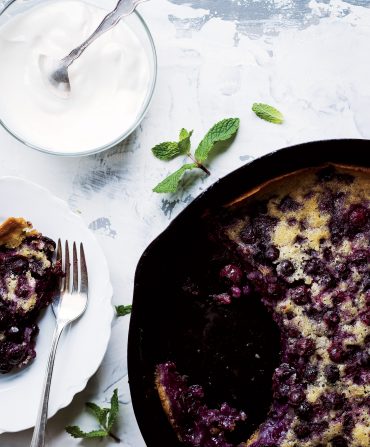Virginia Willis has gone global. For the past ten years, the Georgia-born, French-trained chef and cookbook author has cultivated a brand around the time-honored, cast-iron cooking of Southern grandmas, from fried chicken to blueberry cobbler.
Along the way, she’s heard all the stereotypes—that Southern food is rich, fattening, bad for you.
In 2015, the author of Bon Appetit, Y’all and Basic to Brilliant, Y’all decided to set the record straight. Lighten Up, Y’all expressed her vision that that cooking from below the Mason-Dixon Line need not be hazardous to the waistline. (The book went on to win the 2016 James Beard Award for best cookbook with a focus on health.)
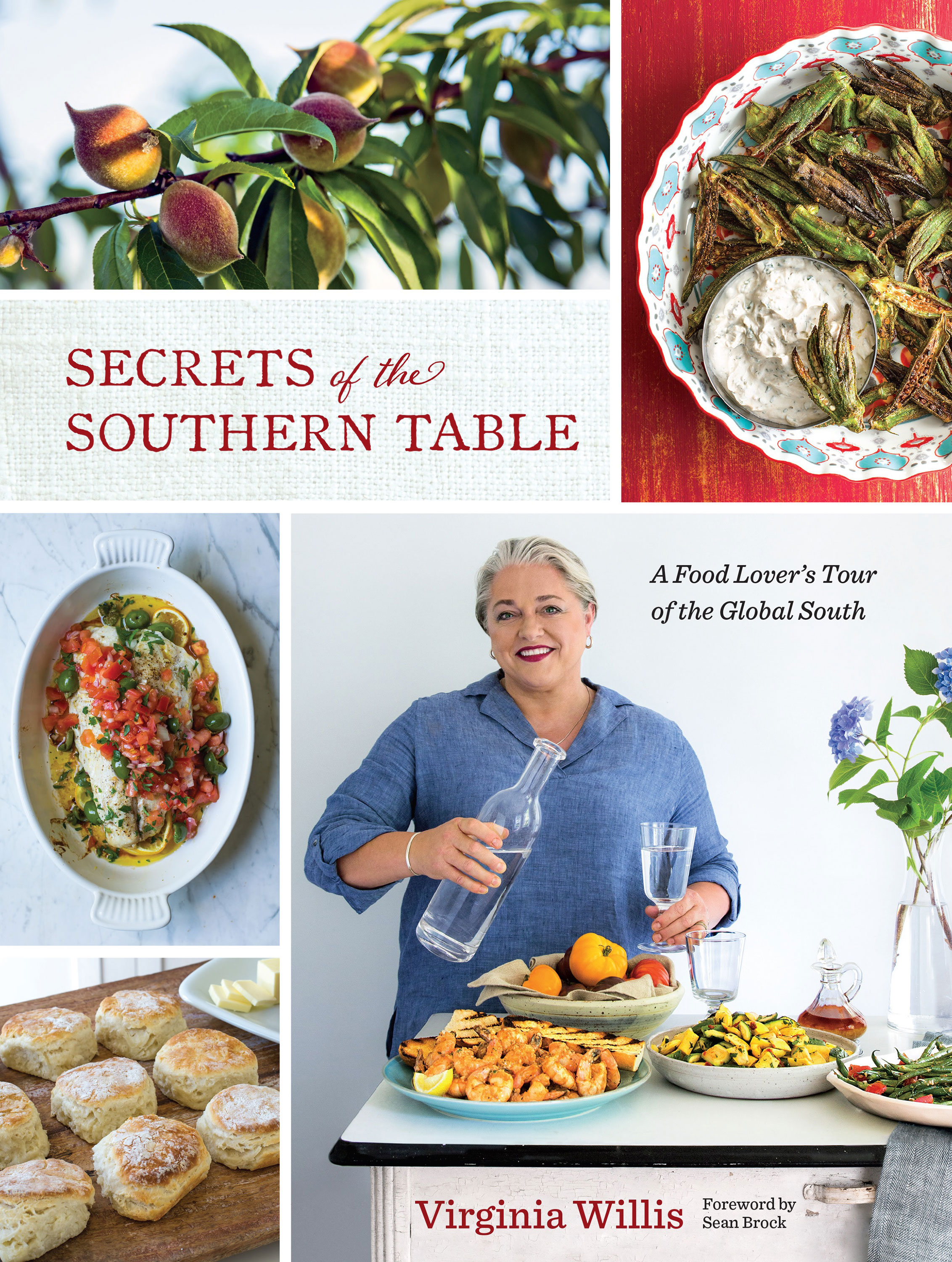
Now Willis is showing that the South’s borders are bigger than we may think. For Secrets of the Southern Table: A Food Lover’s Tour of the Global South, out on May 1, she traveled to eleven states, documenting African-American farmers in Georgia, Vietnamese shrimpers in Texas, and “Appalachicano” taco vendors in Kentucky. She found artisans who make fine country hams, bubbly apple ciders, and jewel-toned preserves—that all of them are women is a grace note. Along the way, Willis soaked up ideas and inspiration for her 80-recipe collection, a winning juxtaposition of the old and new.
We recently chatted with Willis about Secrets of the Southern Table, and how classics like soup beans and cathead biscuits can share the same table with Southeast Asian Chicken larb and ingenious oven-roasted rainy-day ribs.
How did this book come about?
The reason I wrote Secrets of the Southern Table is that I wanted to share with people that not only was Southern food all not unhealthy, but also an agricultural driven cuisine. Southern food is a living, breathing, changing thing. It is not something that is meant to be only sort of handled by dewy-eyed grandmothers or museums. I feel like there are so many different cultures that have come together to make Southern food what it is.
You dive right into the differences—and similarities…
Very specifically I chose to start the book with Will Harris (of White Oak Pastures in Bluffton, Georgia) and Matthew Raiford (of The Farmer & The Larder in Brunswick, Georgia). Because Will’s family farm was founded when his ancestors came in from fighting for the Confederacy. And Matthew’s family farm was founded when his ancestors were emancipated. I wanted to start with black and white. This is where we are, people. This is where we start.
Many readers love your recipes because they aren’t too fussy. Is that intentional?
I work to try to make recipes that people are going to do, not just me a professional cook. … I can chef it up or go down-home comfort. I can make fancy food with tweezers. But that’s not usually what I write about. I think the reason people do like my books is because I try to do practical recipes.
Some of the recipes that you might expect to be rich in fat are fairly light. For instance, your Cream of Anything Soup calls for just ¼ cup of cream. Is nutrition still important to you?
I think it’s responsible thing to do, as both an author and for my own sake.
But it’s not only a personal reason. It’s also a professional reason, because I just keep going back to the fact that everyone thinks Southern food is unhealthy. It doesn’t have to be.
Summer is nearly upon is. What should we be thinking about cooking from this book?
Summer squash with lemon vinaigrette and harissa, the Moroccan spice blend. It’s like pan seared, super-high-heat summer squash. If one couldn’t find harissa, they could use hot sauce or sriracha. I inserted it in there because summer squash is such a Southern vegetable. Just because we are in the South, every summer squash recipe doesn’t have to be squash casserole. And having said that, there is a tomato pie, too.


